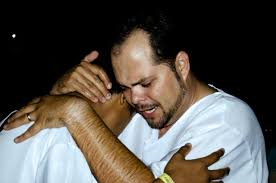Mental disorder in which a person can have weird thought patterns, behaviours or the way a person function differ from the norm.
A person with personality disorder may very often have difficulty in social relationship in their work, school or social events and activities.
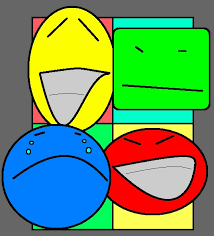
In general, personality disorders are put into 3 clusters based on their similarities. A diagnose may not be comprehensive since the signs and symptoms of a person suffering from personality disorder may not always exhibit all but psychiatrist may conclude with the closest diagnostic criteria in consideration of the permanent deviation from the norm that results in significant distress.
Watch the videoclip below that gives a nice overview of personality disorders
Cluster A – weird with eccentric patterns of thoughts and reaction

Paranoid
Fearful of someone trying to harm them
Always suspicion and do not trust anyone
Doubtful about the trustworthiness of people around them
Mental mindset of regular personal insults by others and everyone can be against them
Hold resentments easily
Schizotypal
Weird appearance in their speech, behaviours, thought patterns and attire.
Emotional swing from flat to deviation from the norm of responses
Hearing someone calling their names
Close relationships cause anxiety and may also lack of it.
False belief that they have the ability to influence others and situation with their thoughts like having a supernatural power.
May think that there is divine incident or event with an unique message only for them.
Schizoid
Isolation with no interest to mix with others
Lack of expression in emotion
Hostile to others
Do not like activities
Not able to identify common social cues
Limited or totally no sexual interest
Cluster B – Extremely emotional, dramatic in reaction with erratic thoughts and behaviours
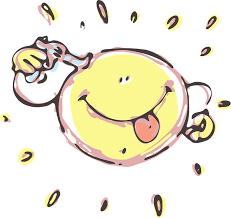
Narcissistic
Unable to identify or neglect others’ needs and feelings
Proud
Boastful about small achievements or abilities as thought they are extremely incredible.
Disillusion of being special above others
Illusions of feat, supremacy and outlook appeal to others
Expect others’ praise and idolisation
Feel that others envy them or always envy others
Expect biases with favours that can lead to manipulation of others
Antisocial
Impulsive actions
Violent
Danger the safety of themselves and others
Lying, conning others or stealing with the use of fake names
Do not regret wrongdoing
Break the law regularly
Ignore feelings and needs of others
Histrionic
Dramatic
Extremely emotional
Attention seeking
Get influence by others easily
Often do not have enough facts or details while speaking with strong views in an exaggerated manner.
Emotional swing
Overly anxiety with outlook
Borderline
Hazardous behaviours like inclination to betting, risky sex or excessive eating
Low self-image
Suicidal or self-harm
Mood swing
Easily get angry
Get paranoia due to stress that can be due to interpersonal relationship
Unbalance and intensified relationships
Extreme fear of being isolated
Constant feel of emotional emptiness
Cluster C – Constantly being petrified and anxious
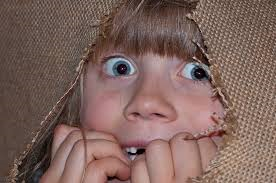
Dependent
Extreme dependent or clingy toward others
Unable to believe their own ability to self-care
Unable to make decisions due to lack of self-confidence leading to the need for extremely high intensity of guidance and encouragement.
Tendency to accept abusive or poor treatment readily.
Seek for new relationship when another has just ended due to high dependence on others
Avoidant
Inferior complex
Unable to accept criticism or rejection
Avoid interpersonal association that can be isolation of oneself
Social events and relationships result in extreme bashfulness reactions
Fearful of humiliation, rejection or mockery
Avoidance of meeting strangers or new social events
Obsessive-compulsive
Extreme need for routine, rules and details
Extreme standards of perfectionism
Unable to delegate but always need to be in control of everything
Workaholic that neglect friends and entertainment
Inflexible and persistent
Over monitoring and controlling of budgeting
Getting help
Since personality disorders may require a long duration of intervention with different aspects of needs to be met, it is often suggested to form a treatment team for an all-rounded treatment plan.
The team may comprise of
Social worker
Pharmacist
Psychiatric nurse
Therapist like psychologist
Psychiatrist
Family/Primary Doctor
In conclusion
This article only provides an awareness and you do see signs and symptoms of others or yourself, seek help early.
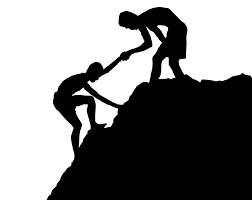
Medication can also be given to assist recovery but these medications may not be able to treat personality disorders.
During the treatment, patient can learn about their own condition as well as getting the opportunity to share their emotions and thoughts. Learning to cope with the stress to manage their disorder.
Lastly, learning to cope and getting the support with treatment ultimately provide higher chance of recovery rather than ignoring the signs and symptoms with hopes that the signs and symptoms may die down as time passes.
Reference:
Angstman, K. B., & Rasmussen, N. H. (2011). Personality disorders: review and clinical application in daily practice. American family physician, 84(11), 1253.
Tyrer, P., & Alexander, J. (1979). Classification of personality disorder. The British Journal of Psychiatry, 135(2), 163-167.

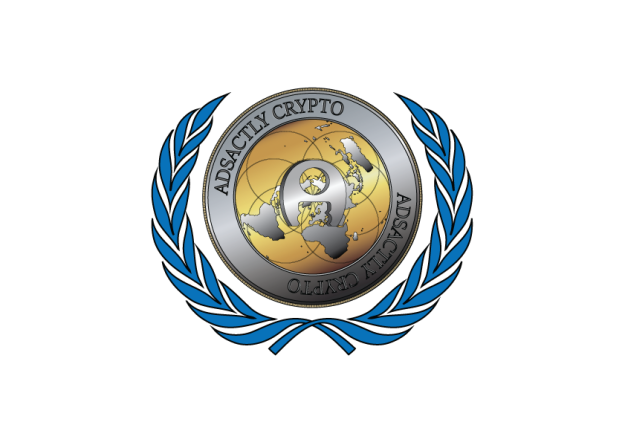

Disclaimer: This is my personal reflection and I am not in any position to instruct anyone what they should do. I am not responsible for any action taken as a result of this post. My post can only be a reference for your further research and growth. By reading this post, you acknowledge and accept that. All images and pictures were taken from google images that are free from copyright under labelled for reuse.
Posted from my blog with SteemPress : http://fun2learn.vornix.blog/2018/08/19/three-clusters-of-personality-disorders/
